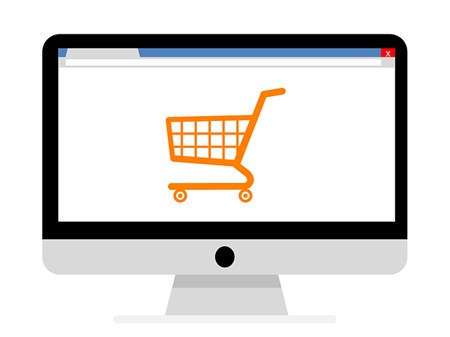How to Expand Globally: Tips for International Ecommerce Part 1
A key growth engine for online retailers is cross-border ecommerce. Looking at the numbers should be enough to suppress any doubts you might have that global ecommerce provides a lucrative opportunity for your business. By 2020, global consumers will spend $4.06 trillion annually. According to eMarketer, the fastest growth will be happening in the Asia-Pacific region at 31.5%.
Going global can be a very daunting task, you have to address things like languages, cultures, currencies, taxes, shipping, duties and customs. Below are tips for navigating the challenges of international ecommerce.
Create a Strategy & Choose Your Target Market

If this is your first time expanding into international markets, you may want to begin on a smaller scale. You can experiment with a few products in a few markets, but use data to justify which products and markets you choose. Spend time looking at your analytics to see which countries have a demand for your products.
No matter how you begin, the following tips and tricks will be sure to assist you in preparing:
- Pick a target market. It’s essential to do your homework on your target market. Learning about who your international customers are, what they shop for and where they shop online will help you tailor your marketing plan for your audiences’ needs.
- Gather your intelligence. Look at your own data to find out who is buying your products and where they’re from. Expand into these markets.
- Research the demand trends. Researching the top countries that demand your products will help you choose your target markets. If there is a demand or a gap in the market, it is your chance to expand there. There are also certain spending patterns that you can research.
Research International Payment Methods
Now that you know who your target market is, it’s time to figure out how they’ll pay. There are two primary reasons why the check-out is where most buyers tend to abandon their shopping carts. Either they don’t feel their information will be handled securely or they cannot find their preferred payment method.
Payment methods vary around the globe, so research your target markets’ preferred payment methods. In Germany, for example, around half of payments are done through online bank transfers. In the Netherlands, more than half of payments are done through direct debit.
Usually, people prefer paying in a familiar currency. Your payment provider may offer this, but if not, make sure to at least have a conversion tool available for your customers so they are aware of what the cost of your product or service is. Here is a helpful blog about alternative payment methods for global online business: https://paymentsjournal.com/alternative-payment-methods-are-taking-over-global-online-businesses/.
Security is extremely important, so make sure your payment provider has a strict privacy policy and a solid reputation for information security.
